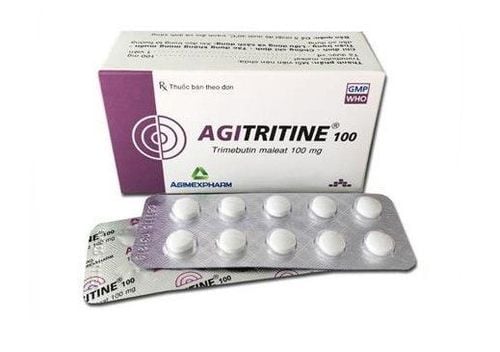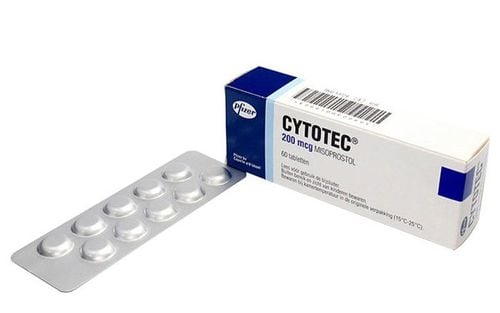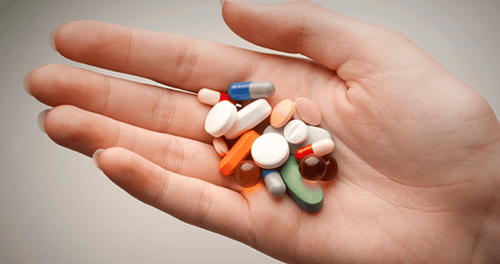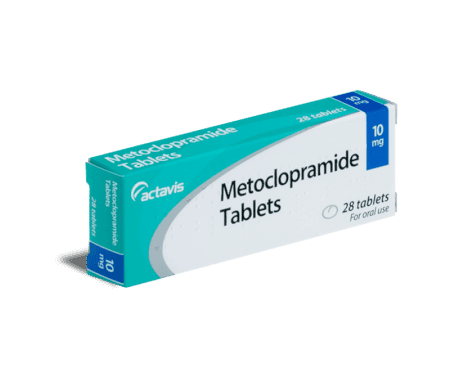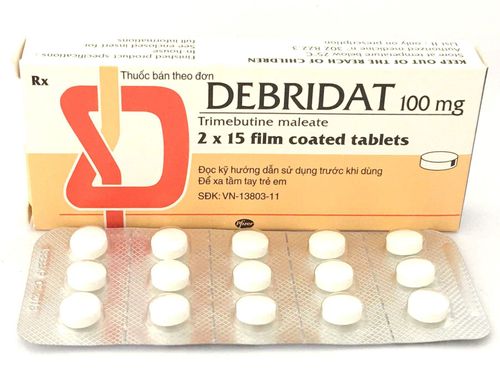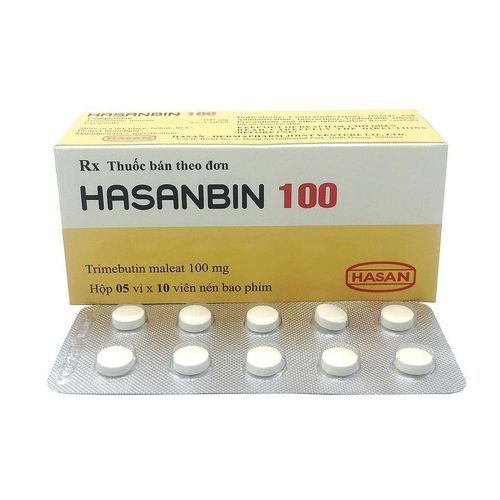This is an automatically translated article.
Perimirane belongs to the group of antiemetic drugs with the main ingredient metoclopramide. The drug is often used to treat symptoms of vomiting, nausea or symptoms of intestinal motility disorders. So how does Perimirane work?
1. Uses of Perimirane:
Perimirane drug has the main ingredient metoclopramide, which is a dopamine receptor blocker, antagonizing central and peripheral effects, making receptors in the gastrointestinal tract sensitive to acetylcholine. Perimirane also increases peristalsis of the antrum, duodenum, and jejunum. Metoclopramide reduces gastric dilatation and increases contractility of the antrum. In addition, the antiemetic properties of the drug are due to its direct antidopaminergic effects on the chemoreceptor trigger zone and the vomiting center and to its antagonistic effects on the serotonin receptor.
Perimirane is usually indicated in the following cases:
Symptomatic treatment of nausea and vomiting Indigestion symptoms due to intestinal motility disorders Preparation for some gastrointestinal tests Contraindications to Perimirane include: :
Patients with gastrointestinal bleeding , functional intestinal obstruction or gastrointestinal perforation Patients presenting with tardive dyskinesia caused by neuroleptics or metoclopramide risk of exacerbations of high blood pressure) Patients with a history of rectal inflammation or bleeding
2. Dosage of the drug Perimirane
Depending on the subjects and treatment goals, the dose of Perimirane will be different, specifically as follows:
Adults take Perimirane orally with a dose of 0.5-1 10mg tablets x 3 times/day before the meals, with an interval of at least 6 hours between doses. Adults receiving Perimirane parenteral: 1 intramuscular or intravenous injection, may be repeated if necessary, 2-10 mg/kg/24 hours Children weighing > 20 kg 4 mg/kg/day (1 tablet) 10mg/20kg/day) in 4 divided doses Patients with severe renal impairment need to reduce the dose of Perimirane
3. Perimirane side effects
In some patients when using Perimirane, side effects may occur such as:
Drowsiness, fatigue, dizziness Headache, insomnia Diarrhea Lower blood pressure Sweating Extrapyramidal symptoms, usually disappear on discontinuation of tardive dyskinesia on prolonged therapy Hyperprolactinemia, amenorrhea, lactation, gynecomastia in men Methemoglobinemia in neonates
4. Be careful when using Perimine
Some general notes when using Perimirane drugs include:
Preventing unwanted effects on nerves (extrapyramidal syndrome) when using Perimirane in children and young adults. In case of vomiting, either partially or completely, the dose interval should be kept before resuming. In case of vomiting a lot, the risk of dehydration must be prevented, rehydration is usually taken orally with saline solution and given several times, a little each time. Perimirane should not be used in patients with epilepsy, because it may increase the frequency and intensity of seizures. Reduce dose in patients with hepatic or renal impairment. Subjects operating machinery and vehicles should pay attention because of the possibility of causing drowsiness when using Perimirane. Perimirane can still be used for breastfeeding women provided that the child must be born at full term and in good health. .
5. Drug interactions with Perimirane
Contraindicated in combination with levodopa with Perimirane, because of antagonism between levodopa and neuroleptics.
Alcohol will increase the sedative effect of neuroleptics, making it dangerous to drive or operate machinery. Antihypertensive drugs when combined with Perimirane may increase the antihypertensive effect and may cause orthostatic hypotension. Other neuroleptics such as antidepressants, sedative H1 antihistamines, barbiturates, anxiolytic tranquilizers, clonidine and hypnotics. Methadone may increase central nervous system depression causing adverse effects when combined with the drug Perimirane. Hopefully, the sharing of Perimine drug helps users better understand the use and use of the drug to be effective and safe for health.




